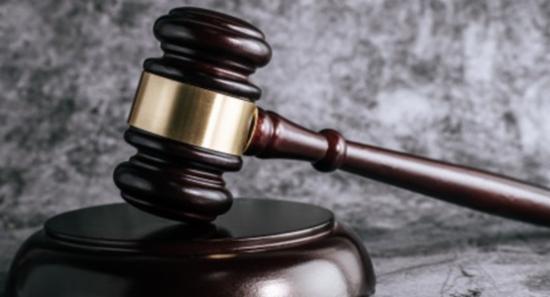.webp)
Understanding Sri Lanka's Debt Restructuring position
COLOMBO (News 1st); Sri Lanka has made significant progress in its debt restructuring efforts, reaching agreements with domestic and foreign creditors to reduce the country's unsustainable debt burden.
In July 2023, Sri Lanka completed the restructuring of its domestic debt. The restructuring involved extending the maturities of domestic bonds and reducing interest rates.
This was an important step in reducing the government's debt service payments and improving its fiscal position.
Sri Lanka has also made progress in restructuring its external debt, which amounted to around 61% of GDP in 2022. The government has reached agreements with the Paris Club of creditor nations and is in negotiations with private creditors.
In August 2023, the IMF's Executive Board acknowledged "satisfactory progress" in Sri Lanka's external debt restructuring efforts.
The First Review of the Extended Arrangement Under the Extended Fund Facility of the IMF- supported program for Sri Lanka will be taken up by IMF Executive Board on the 12th of December 2023.
Completion of the review by the IMF’s Executive Board requires important matters.
The first if the implementation by the authorities of all prior actions; and the second is the completion of financing assurances reviews.
These two matters are key for Sri Lanka to proceed with the debt restructuring of its external debt.
-page-004.jpg)
In September 2023, the Central Bank of Sri Lanka released its quarterly debt bulletin, and this report details Sri Lanka's total Public Debt.
Accordingly, Sri Lanka's total public debt is USD 91.13 Billion.
Now, USD 51.22 Billion is categorized as Domestic Debt.
Sri Lanka has already reached a decision with regard to its domestic debt, and introduced a Domestic Debt Optimization program that will include the pension funds.
Now, the concern is surrounding the country's external debt, which is around USD 36.38 Billion.
According to the September 2023 Quarterly Bulletin of the Central Bank of Sri Lanka, USD 10.8 Billion is bilateral debt, which means the debt borrowed from other countries.
In addition, Sri Lanka also has another USD 10.8 Billion in Multilateral Debt, which is money the country has borrowed from various agencies, including the World Bank and the Asian Development Bank.
As we did not default on these loans, there is no issue at the moment.
Then comes the even more pressing matter, which is the USD 14.732 Billion Commercial Debt.
USD 12.55 Billion of this Commercial Debt is International Sovereign Bonds, debt Sri Lanka has borrowed from the open market.
Right now, Sri Lanka must reach a definite position with regard to the restructuring of USD 10.8 Billion in bilateral debt and the USD 12.55 billion in ISBs.
Sri Lanka's Bilateral Debt holders are in two groups.
On one side is China, and on the other is the Official Creditor Committee, which includes India, Japan, France, and the Paris Club.
Sri Lanka and the Exim Bank of China have agreed on principles to restructure 4.2 billion US dollars in loans.
The terms of the Agreement In Principle are yet to be made public.
In November, The Official Creditor Committee and Sri Lanka also reached an Agreement In Principle covering approximately US$ 5.9 Bn of outstanding public debt.
The terms of this Agreement In Principle are yet to be made public.
Both key factions have already said that they agree in principle to restructure Sri Lanka's Debt.
Yet, what do the Private Creditors say?
The private creditors have formed their own committee, which is known as the Ad Hoc Group of Bondholders of Sri Lanka, Or The Group.
Recently, they welcomed progress on the restructuring of official claims.
The Group finds it regrettable that there remains such a significant lack of transparency on the part of official sector creditors, as the terms of the AIPs have not been made public.
They said that transparency between creditors is critical for the private sector to reach an agreement compliant with the parameters of Sri Lanka's IMF programme's first review, and one that provides fair and equitable debt treatment.
Sri Lanka's debt restructuring is a complex process, but the government has made significant progress in recent months. The country is now on track to reach a debt sustainability agreement with its creditors, which will pave the way for economic recovery.
With all these latest developments, the Executive Board of the IMF will meet on the 12th of December, to decide whether Sri Lanka must be given the second tranche of the IMF-supported program.
They would likely decide whether the assurances given by bilateral creditors, as well as others, would be sufficient to finalize the first review.
Earlier, the IMF reaffirmed that Sri Lanka must achieve its debt restructuring process by September, however, it's been delayed by almost three months.
Multiple parties await the decision of the IMF Executive Board on the IMF-supported program for Sri Lanka.
-page-005.jpg)
Other Articles
Featured News





.png )























.webp)






